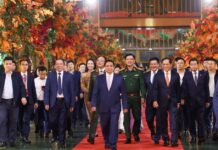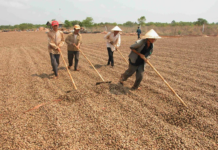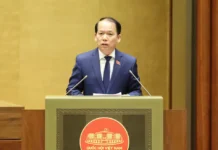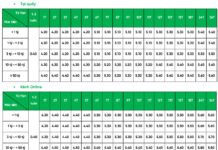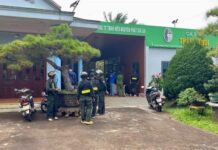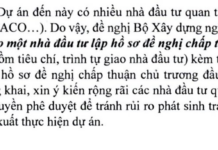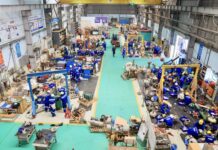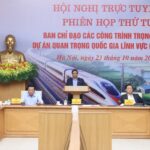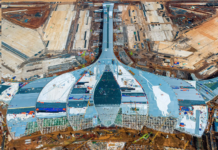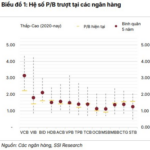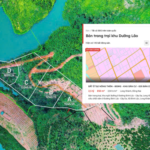Restructuring Personnel, Streamlining Operations
The Government Office has issued Announcement No. 579, conveying the conclusions of Prime Minister Pham Minh Chinh, Head of the Steering Committee for Key National Railway Projects. Accordingly, the Prime Minister has directed the Ministry of Finance to urgently finalize and submit the Restructuring Plan for Vietnam Railways Corporation (VNR) by October 2025.
This plan aims to concretize the policy of developing VNR into a conglomerate model, laying a solid foundation for managing and operating new railway lines, including the Lao Cai – Hanoi – Hai Phong project, which is expected to commence Phase 1 on December 19 this year.

The Prime Minister has directed the Ministry of Finance to urgently finalize and submit the Restructuring Plan for Vietnam Railways Corporation by October 2025. Photo: VNR.
Mr. Dang Sy Manh, Chairman of VNR’s Board of Members, stated that after the reorganization under Resolution 18, VNR’s workforce now stands at 22,288 employees, a significant reduction from the previous 40,000. Among them, 4,441 are engineers and higher-level professionals, playing a pivotal role in the national railway system’s operations.
This year marks the 144th anniversary of Vietnam’s railway industry, since the French began construction on the Saigon – My Tho line in 1881. During its golden era in the 1980s and 1990s, railways held up to 37% of the freight and passenger transport market share, serving as the backbone of the economy.
However, with the rapid development of air and road transport, railways have fallen behind. Currently, 85% of the network remains on a 1,000 mm gauge, with the remaining 15% on dual gauge or 1,435 mm. Most locomotives and carriages are outdated, and technology remains basic.
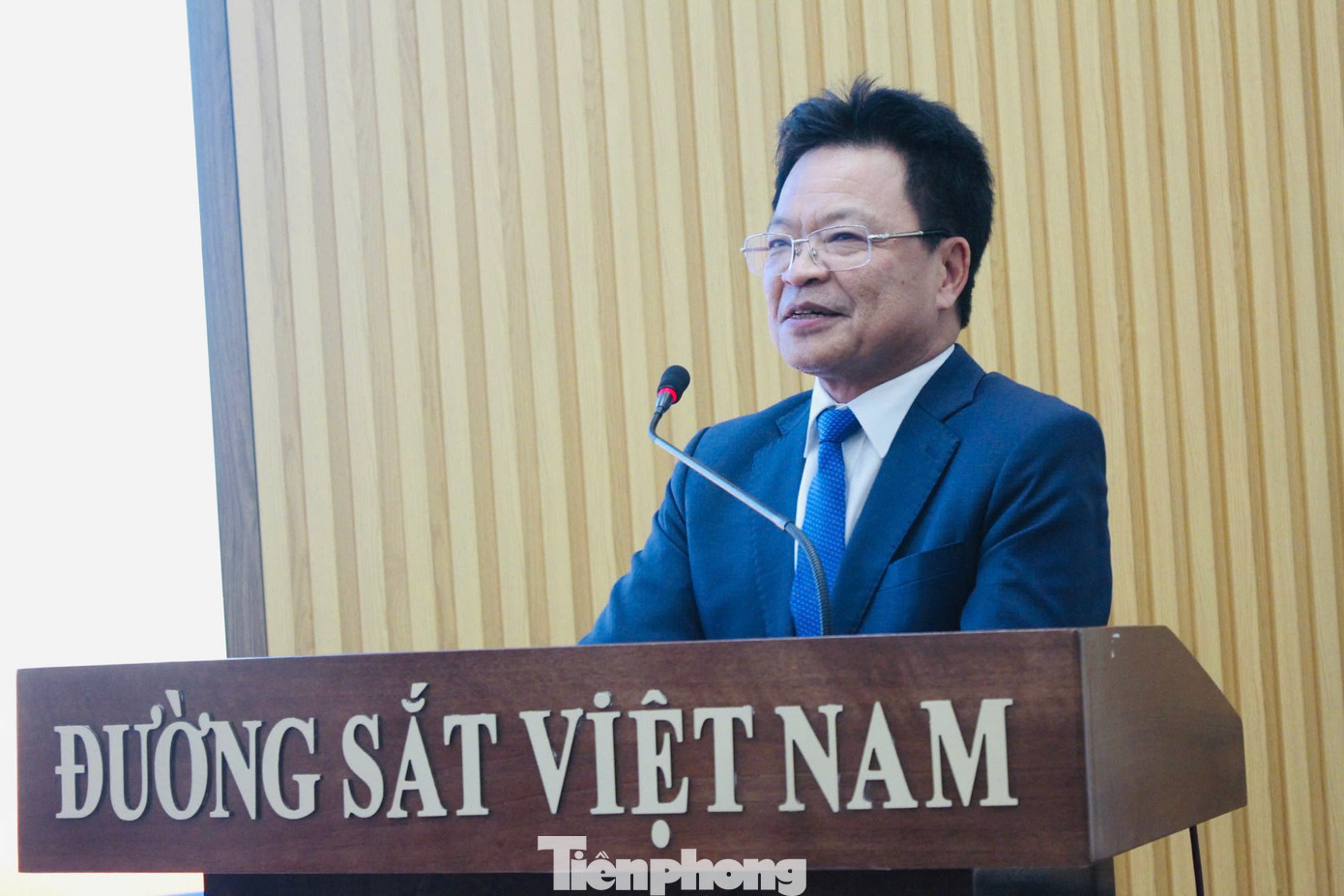
Mr. Dang Sy Manh, Chairman of VNR’s Board of Members. Photo: VNR.
Additionally, the COVID-19 pandemic, natural disasters, and policy barriers once pushed the industry to the brink of closure. Nonetheless, VNR remains the sole 100% state-owned enterprise tasked with managing, operating, and maintaining over 3,200 km of national railways, playing a crucial role in transport infrastructure.
Tapping into the “Diamond Mine” of Tourism
Chairman Dang Sy Manh noted that, facing the industry’s challenges, VNR has adopted a new strategy: leveraging railway tourism, likened to an untapped “diamond mine.” In a short time, several unique tourism products have gained significant traction. For instance, the Five Gates Train sold out immediately after tickets were released; the Red Flamboyant Train on the Hanoi – Hai Phong route is fully booked until next year; and premium tickets priced at 200 million VND per person for the Hanoi – Saigon journey have also sold out.
According to Mr. Manh, despite outdated infrastructure, Vietnam’s railways offer a unique advantage in cultural, historical, and scenic experiences that other transport modes cannot match. Interestingly, many passengers have requested “slower trains with fewer passengers” to savor the journey—a perspective aligning with VNR’s strategy of turning limitations into unique value propositions.
Currently, Vietnamese passengers spend approximately 50 million hours annually traveling by train—a vast potential for value-added services. VNR plans to launch more innovative products, elevating the railway tourism experience to new heights.

The “Red Flamboyant” Train on the Hanoi – Hai Phong route is fully booked until the end of 2026. Photo: VNR.
Mr. Manh added that, thanks to special attention from the Party and State through key resolutions (172, 187, 188) of the Politburo, and decrees (127, 106) from the National Assembly and Government, VNR is implementing three core tasks.
Regarding corporate restructuring into a conglomerate model, the dossier has been submitted to the Ministry of Finance and is expected to be presented to the Government this October. Additionally, VNR is developing a 250-hectare railway industrial complex in Phu Xuyen (Hanoi) for production, maintenance, and technology transfer of locomotives and carriages. The corporation is also focusing on workforce training and development, collaborating with ministries and universities to implement tailored training programs for new railway lines.
In early September, the Ministry of Finance sent a document to relevant ministries seeking input on the VNR Restructuring Plan for 2026 – 2030, with a vision to 2035.
The plan aims to transform VNR into a conglomerate by 2030, capable of efficiently organizing and operating new railway lines, contributing to the development of synchronized, modern infrastructure, and promoting industrialization and a green economy.
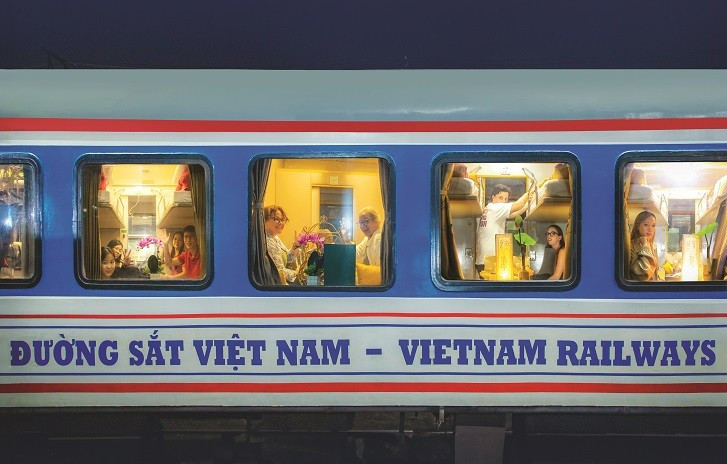
According to the Ministry of Finance’s plan, by 2030, VNR will successfully transition into a conglomerate, capable of efficiently operating new railway lines. Photo: VNR.
This conglomerate will be Vietnam’s largest 100% state-owned enterprise in the railway sector, effectively managing and operating assigned infrastructure assets, providing high-quality transport services, and preparing for the North-South high-speed railway investment in 2031 – 2035.
Prime Minister Urgently Directs $8 Billion Rail Mega-Project Spanning Six Provinces and Cities
Prime Minister Pham Minh Chinh has mandated the commencement of Component Project 1 of the Lao Cai – Hanoi – Hai Phong railway line by December 19, 2025. This directive underscores the government’s commitment to advancing critical infrastructure projects, ensuring timely execution and adherence to the specified timeline.
Prime Minister Demands Clear Information on Social Housing Applicants
Regarding eligibility for social housing beneficiaries, the Prime Minister mandates transparency and clarity in disclosing who requires housing, who already owns a home, and who does not.


